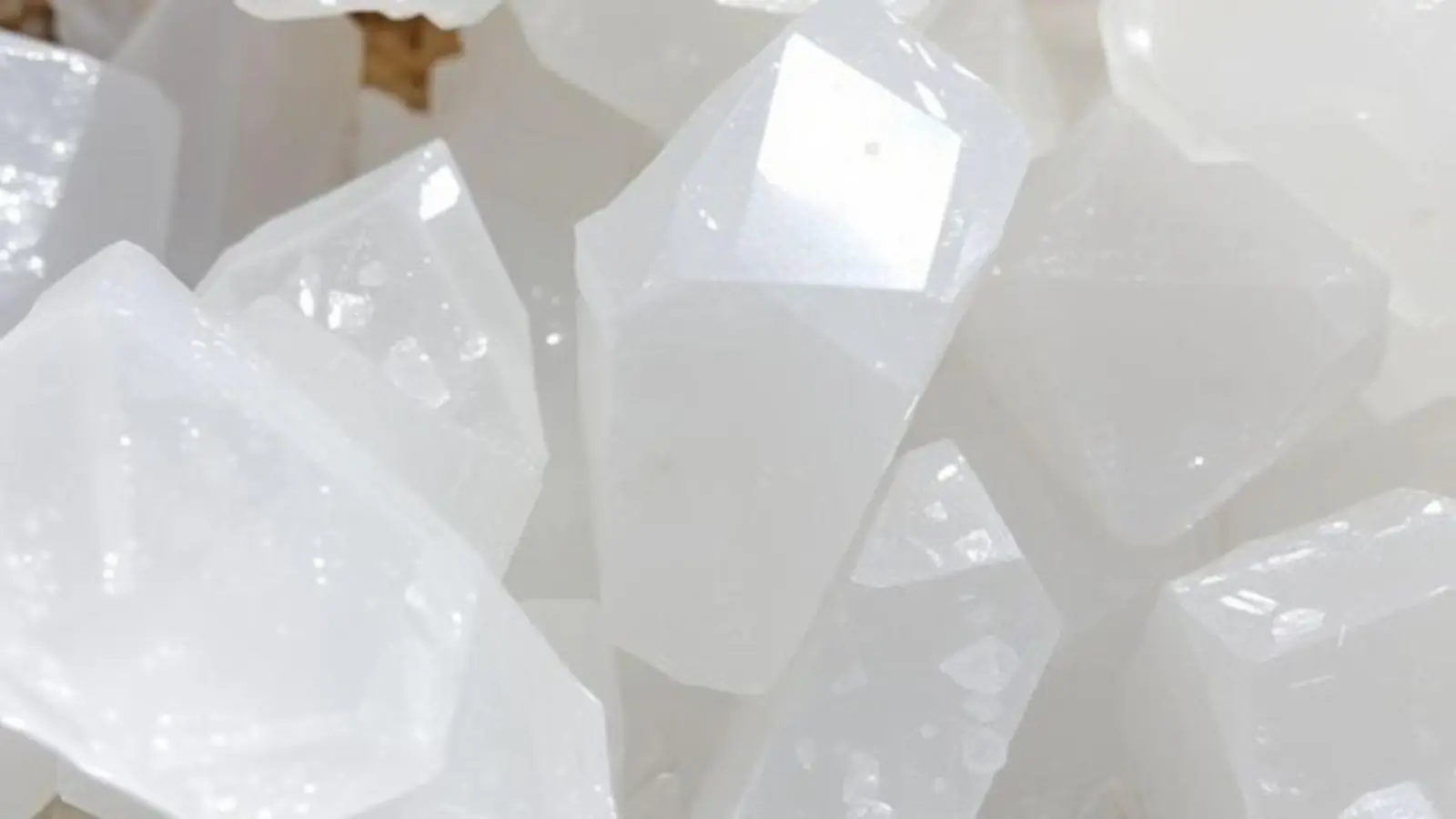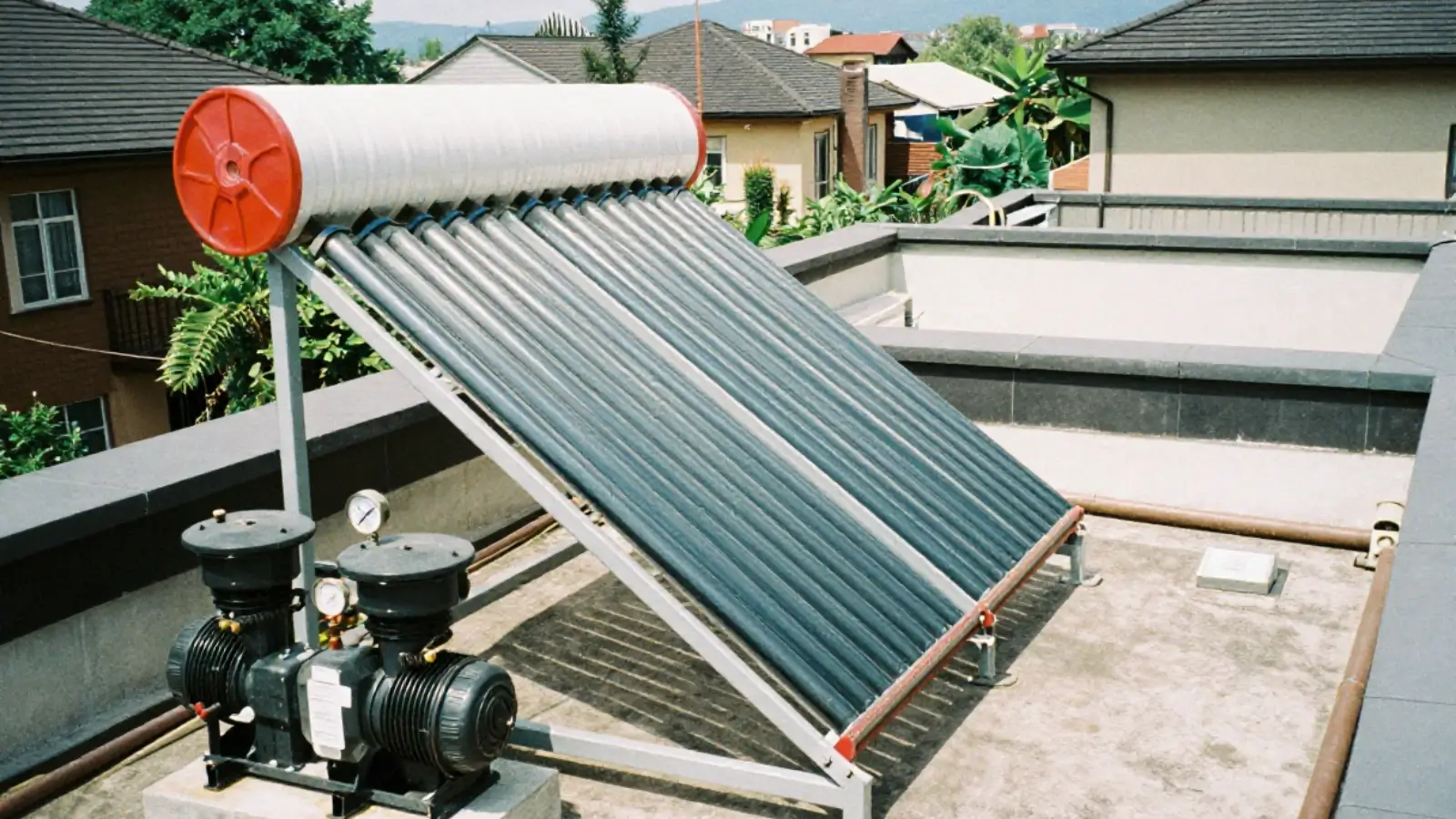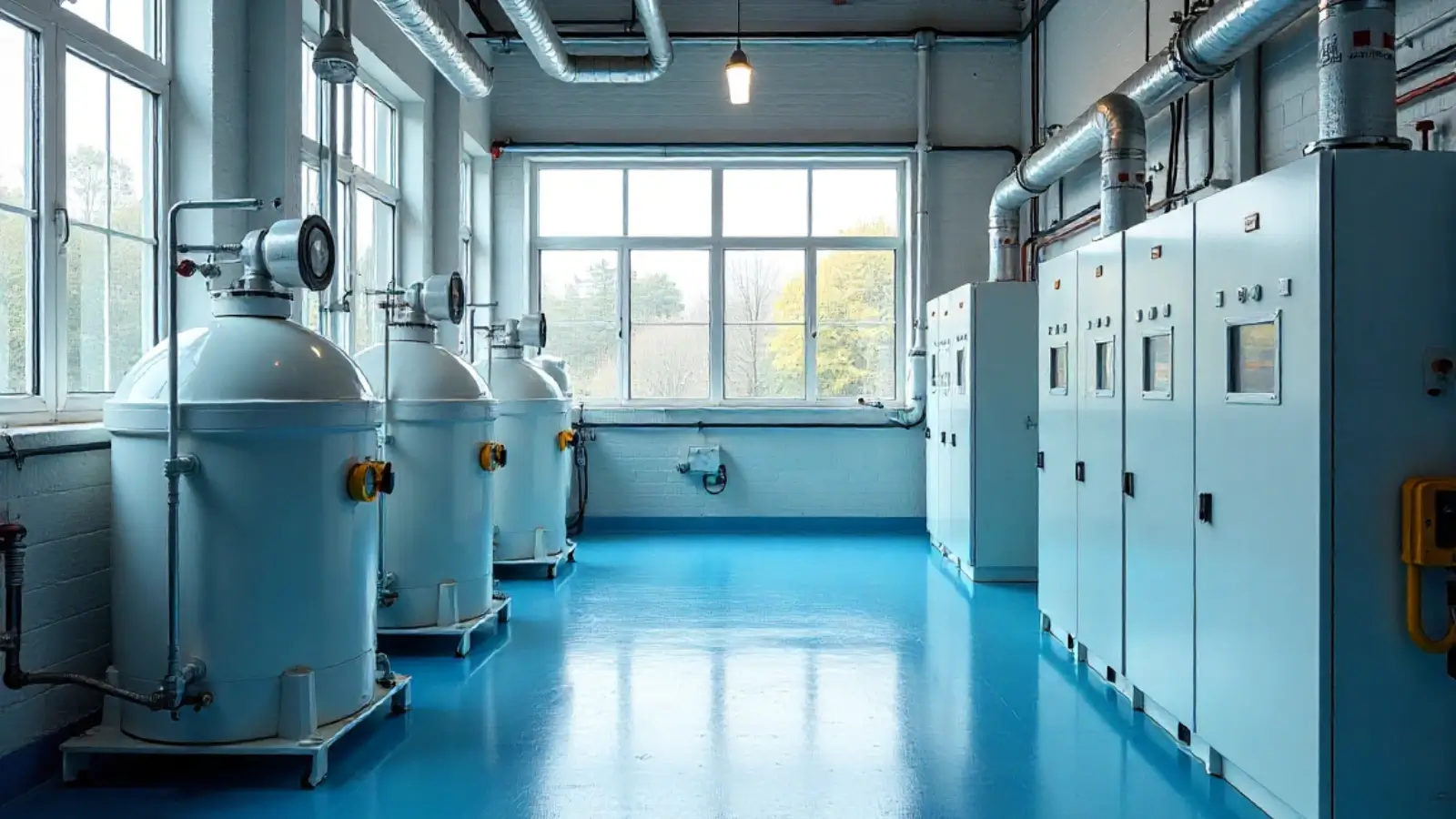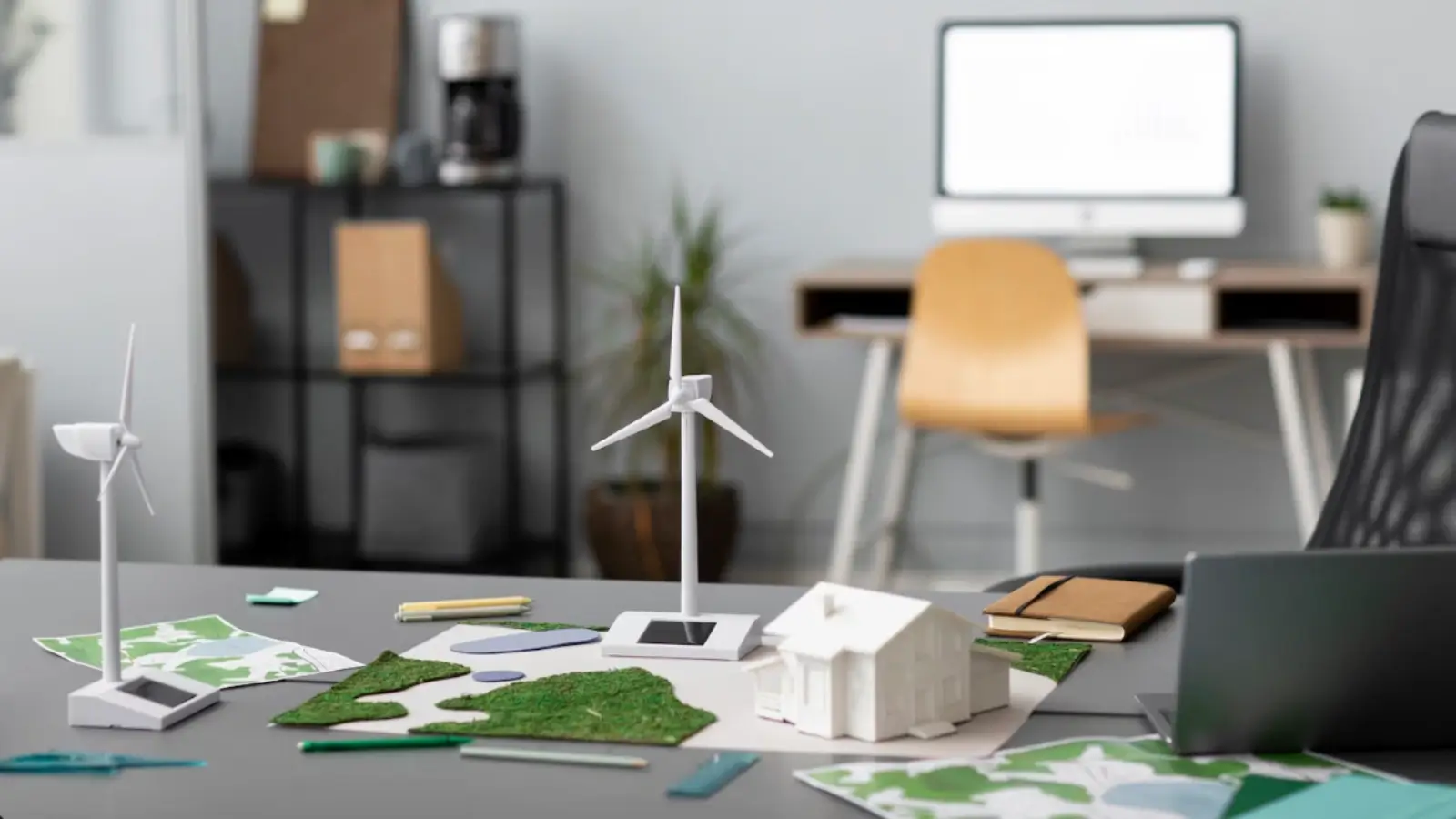The Growing Demand for High-Purity Silica
Silica, or silicon dioxide, is a big deal in many industries. Think glass, ceramics, and even electronics. Its pure form is becoming super important as technology advances. We're seeing a big jump in the need for this material, especially for things like semiconductors and solar panels. This trend means that companies focusing on high-purity silica are in a good spot for growth. To see how one company is addressing this demand through sustainable extraction in Canada, click here.
Silica as a Strategic Investment Opportunity
Because so many industries rely on it, silica is seen as a smart investment. It's not just about having a lot of it; it's about having the right kind of silica. High-purity silica is the key. Investors are looking at companies that can reliably supply this material, knowing it's a building block for future tech and sustainable solutions. It’s a way to put money into something that underpins a lot of innovation.
Impact of Silica on Market Valuations
When a company can secure and process quality silica, it really shows up on their balance sheet. Having a steady supply of this essential mineral can boost a company's value. It signals stability and a strong position in the market. As demand continues to climb, especially for specialized, high-purity silica, those companies that manage their silica resources well are likely to see their market valuations increase significantly. It’s a material that’s quietly powering economic progress.
Key Factors for Silica Deposit Viability
1. Resource Quality and Purity
When looking at silica deposits, the first thing anyone checks is how pure the stuff is. You can't just dig up any old sand and expect it to work for making computer chips or fancy glass. High-purity silica is the real prize here. Think of it like gold – the purer, the better. Deposits with fewer impurities are way more valuable because they need less processing. This means lower costs and a better product for industries that really need clean silica. Getting the purity right from the start makes a huge difference.
2. Proximity to Markets and Supply Chain Efficiency
It’s not just about having good silica; it’s also about getting it to the people who need it without breaking the bank. If a silica deposit is way out in the middle of nowhere, shipping costs can eat up all the profits. Being close to major industrial centers or transportation hubs, like ports or rail lines, is a big plus. This makes the whole supply chain smoother and cheaper. Efficient logistics are just as important as the quality of the silica itself for a deposit to be truly viable.
3. Navigating the Regulatory Environment
Dealing with government rules and environmental laws is a big part of any mining operation, and silica is no different. Companies need to make sure they can get the permits they need and operate in a way that doesn't cause major environmental problems. Understanding the local and national regulations is key. Ignoring these rules can lead to delays, fines, or even shut downs. A smooth process with regulators helps keep things moving and makes the deposit a more reliable investment.
Silica's Role in Industrial Applications
Silica, a compound of silicon and oxygen, is a workhorse in many industries. Its applications are broad, touching everything from the windows we look through to the concrete that builds our cities. It’s not just about bulk use, either; the specific properties of silica make it valuable in very precise ways.
Think about glass and ceramics. High-purity silica is the main ingredient for making glass, giving it that clear, strong quality we expect. In ceramics, it adds strength and helps materials withstand heat, which is why it’s used in everything from tiles to fancy pottery. This mineral really is foundational.
Then there's construction. Silica sand is a key part of concrete and cement. It helps make these materials strong and last a long time. Beyond that, finely ground silica acts as a filler in many products, like paints, making them tougher and more resistant to weather. It’s a simple material with a huge impact.
Environmental Considerations in Silica Extraction
Extracting silica responsibly is key. It’s not just about digging it up; it’s about doing it right. This means thinking about the land, the water, and the air.
1. Sustainable Sourcing Practices
Finding silica deposits that can be mined without causing major harm is the first step. This involves careful site selection and planning. We need to look at how much silica is there and how easy it is to get to it without disturbing too much of the surrounding area. Sustainable sourcing practices mean we're not just taking; we're also thinking about what happens after we're done.
2. Minimizing Environmental Footprints
Once extraction starts, the focus shifts to keeping the impact low. This includes managing dust, controlling water runoff, and properly disposing of any waste materials. Minimizing environmental footprints also means using energy efficiently during the process. It’s about being a good neighbor to the environment.
3. Adherence to Sustainable Mining Practices
Following rules and best practices is non-negotiable. This covers everything from land reclamation after mining to protecting local wildlife. Adherence to sustainable mining practices ensures that the land can recover and that the extraction process doesn't leave a lasting negative mark. It’s about long-term thinking for both the business and the planet.
The Versatility of Silica Forms
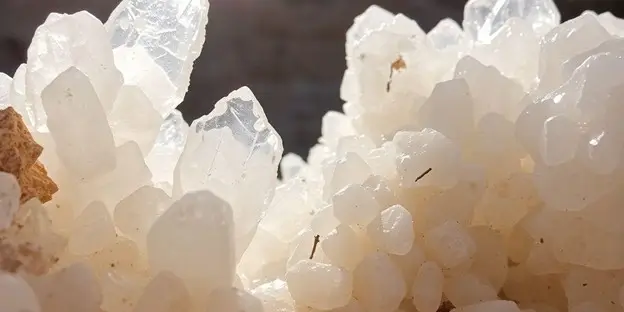
1. Crystalline Silica Properties
Silica shows up in a lot of different ways, and that's a big part of why it's so useful. When we talk about crystalline silica, we're usually talking about quartz. This stuff is tough, clear, and doesn't really react with much chemically. Because it's so stable, it's a go-to material for making glass, electronics, and even things we use in construction. Its hard structure means it holds up well.
2. Amorphous Silica Attributes
Then there's amorphous silica. It's not as organized as crystalline silica, which makes it lighter and more reactive. This makes it great for different jobs, like in cement or as a filler in rubber and plastics. It helps make products last longer and perform better. Think of it as the more adaptable cousin in the silica family.
3. Thermal Stability and Mechanical Strength
What really makes silica stand out is its ability to handle heat and its strong mechanical properties. These traits are super important for processes that get really hot or when you need materials that are strong but not too heavy. Its steady nature and how little it expands when heated also make it a good choice for precise equipment and high-tech industries. The versatility of silica means it fits into so many different manufacturing needs.
Silica's Contribution to a Greener Economy
1. Eco-Friendly Alternatives in Manufacturing
Silica is stepping up as a real game-changer for industries looking to ditch less friendly materials. Think about it: silica offers a way to replace things like microplastics in various products. This isn't just a small tweak; it's a significant move towards making everyday items better for the planet. Companies are finding that using silica means they can still get the performance they need, but with a much lighter environmental footprint. It’s a smart way to meet those growing demands for sustainable goods.
2. Supporting Circular Economy Principles
When we talk about the circular economy, silica fits right in. It’s abundant, and its sourcing can be tied to processes that reuse waste streams. For example, some companies are looking at silica derived from agricultural by-products. This approach means less waste going to landfills and a more efficient use of resources. It’s all about keeping materials in play for as long as possible, and silica’s versatility makes it a great candidate for this kind of thinking. This mineral is key to building a more sustainable industrial future.
3. Reducing Reliance on Non-Biodegradable Materials
Many traditional materials just don't break down easily, causing long-term environmental problems. Silica, on the other hand, can be part of solutions that reduce this reliance. Its use in place of certain synthetic compounds helps lessen the burden on ecosystems. As industries continue to innovate, the role of silica in creating products that are both effective and more considerate of the environment will only grow. It’s a practical step towards a cleaner economy.
Wrapping Up: Making Silica Work for Us
So, when we look at silica, it's clear that a lot goes into deciding if a deposit is worth digging into. It's not just about finding the stuff; it's about how pure it is, how easy it is to get to, and if we can actually sell it without breaking the bank on shipping. Plus, we've got to play by the rules, making sure we're not messing up the environment more than we have to. Thinking about all these pieces helps us figure out if a silica project makes sense, both for business and for the planet. It’s a balancing act, really, but one that’s pretty important for all the industries that need this versatile material.

